Our bodies are incredible machines that continuously communicate with us—often in subtle ways—about our overall health. When something is amiss, our body sends out signals or warning signs urging us to pay attention. Ignoring these cues can lead to more complicated health issues down the line. This article will explore 8 Body Symptoms you need to be aware of. From changes in skin color to unexpected nail transformations, these clues can help you identify underlying health concerns before they become serious problems.
Introduction: The Importance of Listening to Your Body
In the fast-paced world we live in, it’s easy to disregard small changes that occur in our body. However, these subtle shifts often carry significant meaning. You might notice your nails develop faint white spots, or your skin might suddenly take on a yellow hue. These are not mere coincidences; instead, they are 8 Body Symptoms your body uses to communicate that something requires your attention.
Being aware of these body symptoms and taking quick action—be it scheduling a medical checkup, adjusting your diet, or modifying your personal care routine—can prevent more serious health complications. By learning how to read the body’s warning signs, you empower yourself to maintain a healthier, happier life. Let’s explore these eight specific indicators and the medical reasoning behind each.
1. Yellow Skin or Jaundice
A change in skin color is one of the most immediately noticeable body symptoms. When your skin—and sometimes the whites of your eyes—starts to appear yellow, it could be due to jaundice. This condition generally happens because of elevated levels of bilirubin in the blood. Bilirubin is a byproduct of the normal breakdown of red blood cells, and it is usually processed by the liver.
- Possible causes:
- Liver disease – Cirrhosis, hepatitis, or liver damage prevents the liver from filtering bilirubin properly.
- Bile duct obstruction – Gallstones or tumors can block the bile ducts, causing bilirubin build-up.
- Blood disorders – Hemolytic anemia or other disorders that accelerate the breakdown of red blood cells.
- What to do:
- Consult a healthcare provider if you notice a yellow hue in your skin or eyes. They may perform blood tests and imaging to identify any liver irregularities or blockage.
- Maintain a healthy diet rich in fruits, vegetables, and lean proteins to support liver health.
- Limit alcohol intake and avoid smoking, both of which can damage the liver over time.
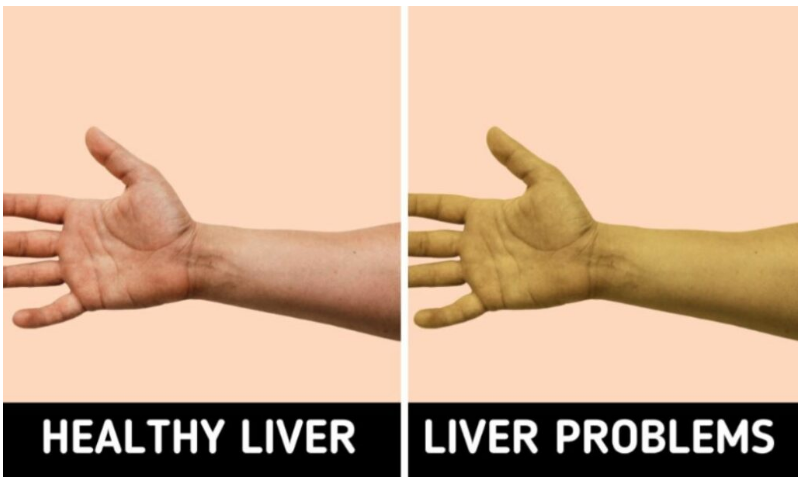
2. White Dots on Nails
White spots or specks on your nails can be caused by something as simple as accidentally bumping your nail against a hard surface. However, if you’re consistently noticing these spots, they could indicate a nutritional shortfall.
- Possible causes:
- Minor trauma – Hitting or catching a nail can cause spots that grow out with the nail over time.
- Deficiency of protein, calcium, or zinc – A diet lacking essential nutrients often shows up in nail changes.
- Allergic reaction – Certain nail polish or polish removers can cause such spots if you have an allergic response.
- What to do:
- Keep track of your diet to ensure you’re meeting recommended intake levels for protein, calcium, and zinc.
- Consider taking a multivitamin if you suspect you’re not getting enough nutrients.
- Use high-quality, hypoallergenic nail polishes and removers to avoid chemical reactions.
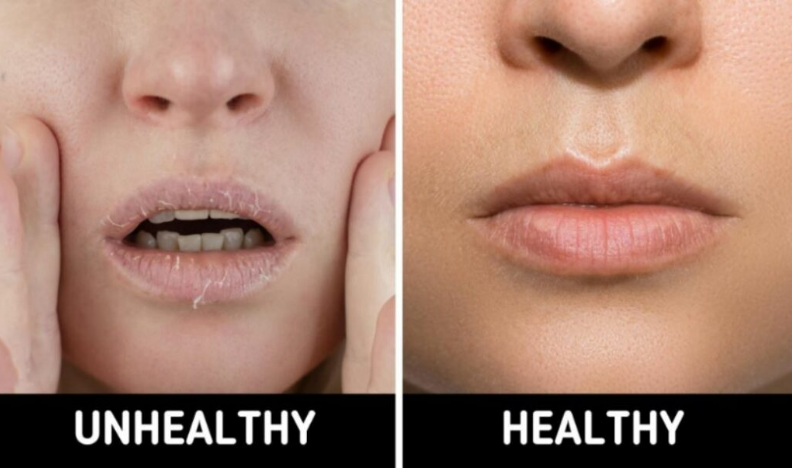
3. Sores on the Lips
Lip sores can manifest as blisters, cracks, or bumps that sometimes feel painful. In many instances, dehydration can trigger these sores, causing your lips to crack or split. Other possible factors include:
- Possible causes:
- Dehydration – Insufficient water intake causes dryness and eventual cracking.
- Poorly chosen lipstick or lip balm – Some ingredients might irritate sensitive skin, leading to sores.
- Sun damage – Exposing your lips to strong UV rays without protection.
- What to do:
- Stay hydrated by drinking plenty of water throughout the day.
- Choose lip care products that are gentle and moisturizing, free of harsh chemicals.
- Use lip balms or lipsticks containing SPF for added protection from the sun.
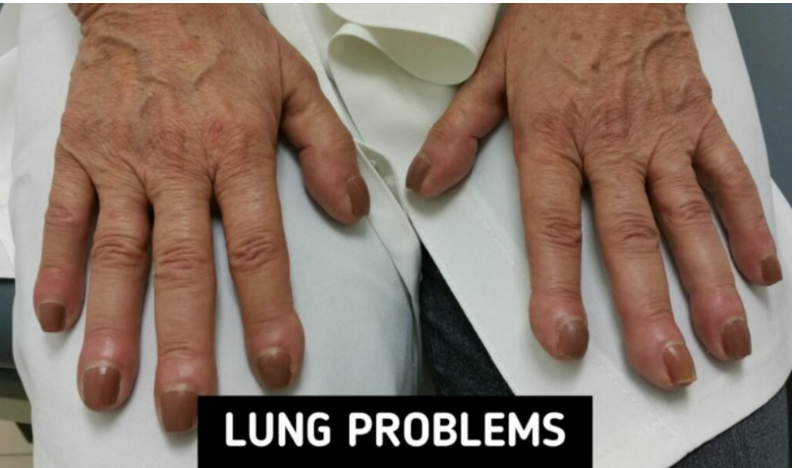
4. Clubbed Fingernails
Clubbed fingernails present a pronounced curvature downward, resulting in nails that appear puffier around the fingertips. This can be more than just a cosmetic concern; it’s often associated with chronic health conditions.
- Possible causes:
- Chronic lung disease – Reduced oxygen levels can affect nail growth, leading to clubbing.
- Digestive issues – Certain gastrointestinal disorders can also cause changes in fingernail shape.
- Heart disease – Lowered oxygen in the blood due to heart issues.
- What to do:
- Seek medical advice to rule out lung, heart, or digestive conditions.
- Monitor any accompanying body symptoms like shortness of breath or persistent abdominal discomfort.
- Avoid smoking and exposure to pollutants, which can aggravate respiratory problems.
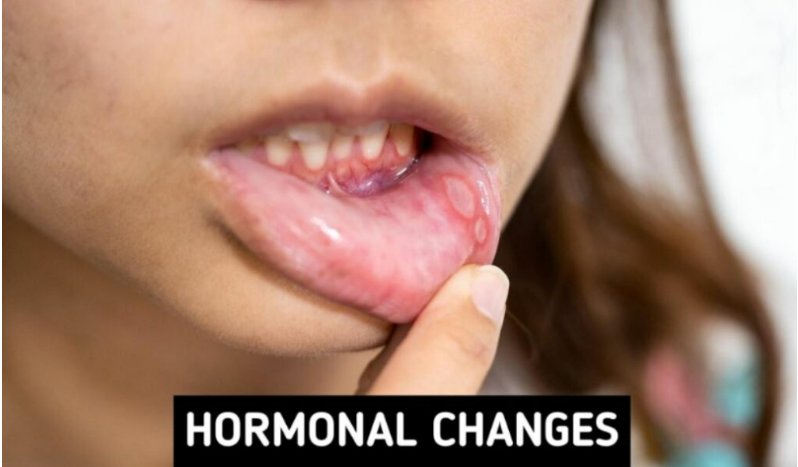
5. Mouth Ulcers
Mouth ulcers—often called canker sores—present as small, painful lesions on the inside of your cheeks, lips, or gums. These ulcers can interfere with eating, speaking, and overall comfort.
- Possible causes:
- High stress or hormonal changes – Elevated stress levels can trigger ulcers, particularly when coupled with hormonal fluctuations.
- Vitamin B-12 deficiency – Lack of this nutrient can hinder the body’s ability to keep mucosal tissues healthy.
- Food sensitivities – Certain acidic or spicy foods can irritate the mouth and prompt ulcers.
- What to do:
- Keep a food diary to track any triggers that correlate with ulcer onset.
- Consider supplementing with vitamin B-12 if you suspect a deficiency, but always consult a healthcare provider first.
- Use an alcohol-free mouthwash and maintain good oral hygiene to speed healing.
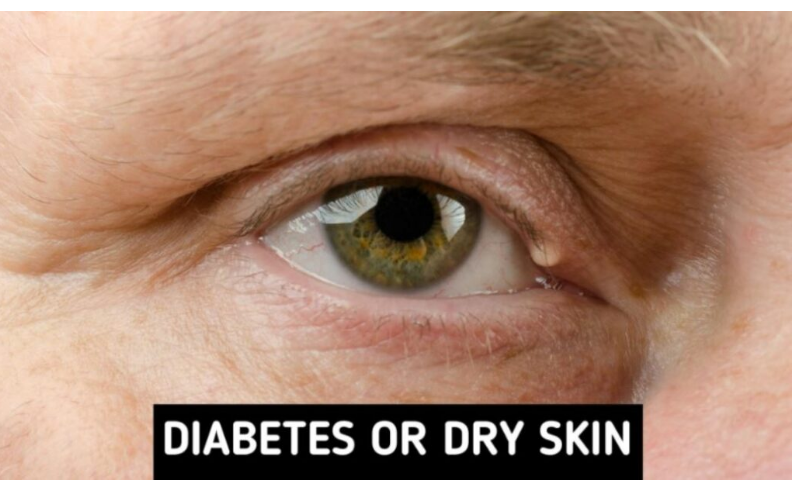
6. White Pimples on the Upper Eyelids
You may occasionally notice small white spots or nodules forming on your eyelids, known as styes. These lumps can cause discomfort and sometimes hinder your vision if they become large enough.
- Possible causes:
- Bacterial infection – Staphylococcus bacteria can inflame oil glands, resulting in styes.
- Dry skin – Individuals with consistently dry skin may be more prone to eyelid blemishes.
- Underlying conditions – People with diabetes may face a higher risk of developing styes.
- What to do:
- Practice good hygiene: Wash your hands frequently and avoid touching your eyes with dirty fingers.
- Gently clean your eyelids with a mild cleanser or specialized wipes to remove any oil or debris.
- Consult an eye care professional if styes recur frequently or become painful.
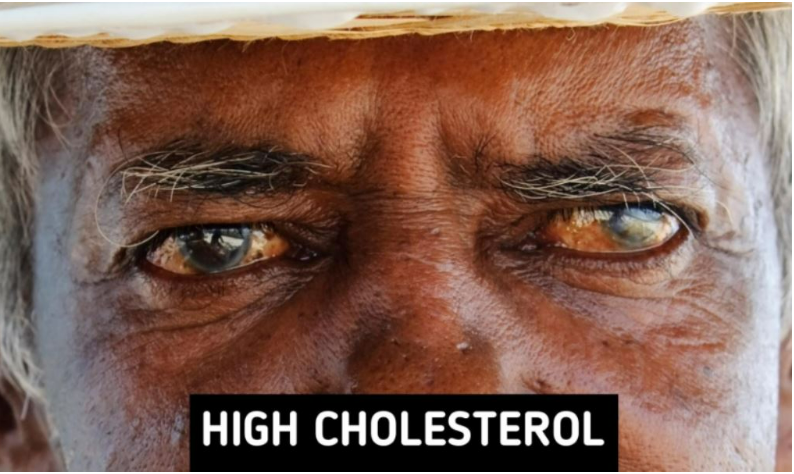
7. A Ring Around Your Cornea
Noticing a grey or white ring encircling the cornea of your eye may signal a condition known as arcus senilis, which indicates the presence of fat deposits. While this commonly develops as part of the natural aging process in older adults, younger individuals with such a ring may need to be screened for high cholesterol levels.
- Possible causes:
- Advanced age – Many people over 60 develop a ring around their cornea as a benign part of getting older.
- Elevated cholesterol or triglycerides – Younger people with arcus senilis could have underlying lipid imbalances.
- What to do:
- Schedule a cholesterol check to see if your levels are above normal.
- Implement lifestyle changes such as a balanced diet, regular exercise, and possibly medication to manage high cholesterol if needed.
- Maintain regular ophthalmologist appointments to monitor eye health.
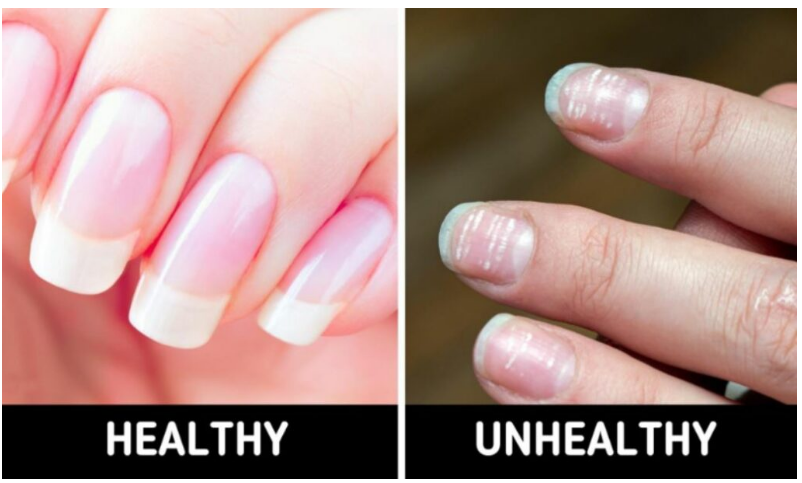
8. Excessively Red Tongue
A vibrant, overly red tongue might be easily ignored if there’s no immediate pain, but it can point to larger health concerns. Sometimes described as “strawberry tongue,” this symptom could be tied to deficiencies in certain nutrients or even more significant conditions.
- Possible causes:
- Vitamin deficiency – Insufficient intake of vitamins like B-12 can alter tongue color.
- Oral infections – Oral herpes or other infections might cause your tongue to become noticeably red.
- Scarlet fever – A bright red tongue can be one of the signs, though other symptoms usually appear first.
- What to do:
- Seek medical advice if the redness persists or if you experience additional symptoms like soreness or swelling.
- Evaluate your diet to ensure you’re getting necessary vitamins and minerals.
- Maintain proper oral hygiene, including routine dental check-ups and correct brushing and flossing methods.
Conclusion: Stay Alert to Your Body’s Messages
Observing these 8 Body Symptoms—from the yellowing of skin to the appearance of white dots on your nails or any of the other signals discussed—can serve as a crucial guide to your overall well-being. Our bodies don’t just react randomly; they convey specific, sometimes urgent cues urging us to investigate further. Recognizing and addressing these signs early can help prevent mild issues from evolving into significant health problems.
